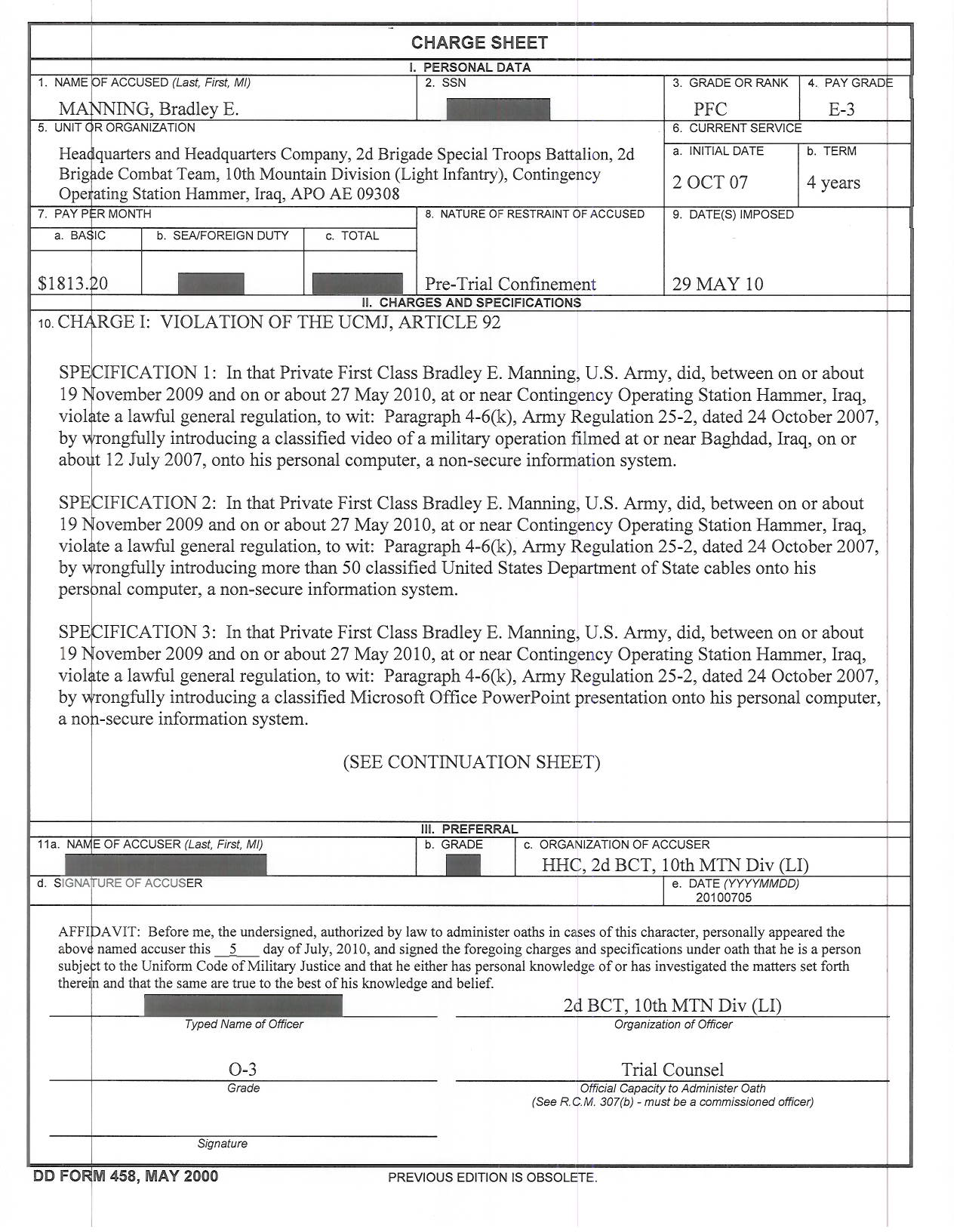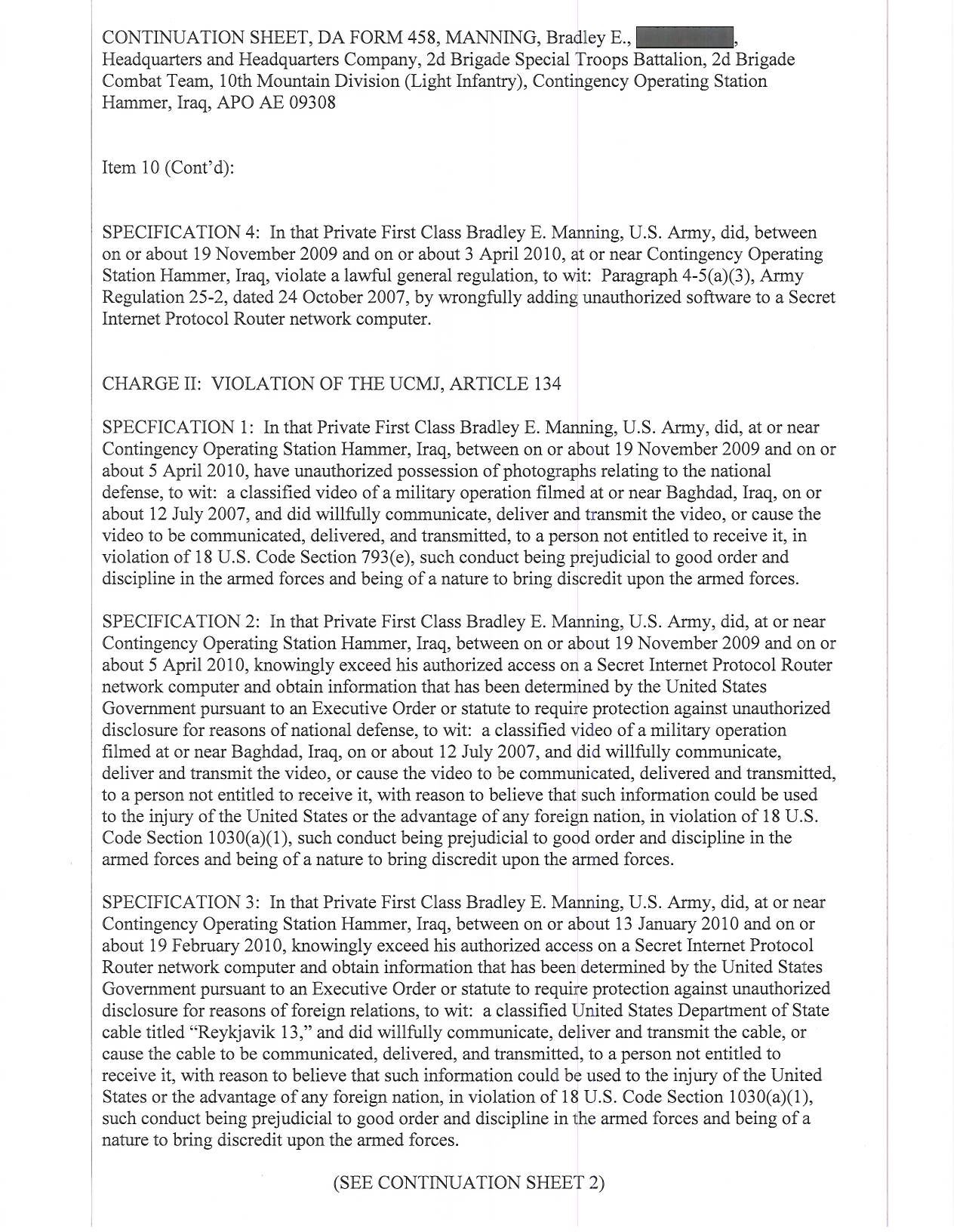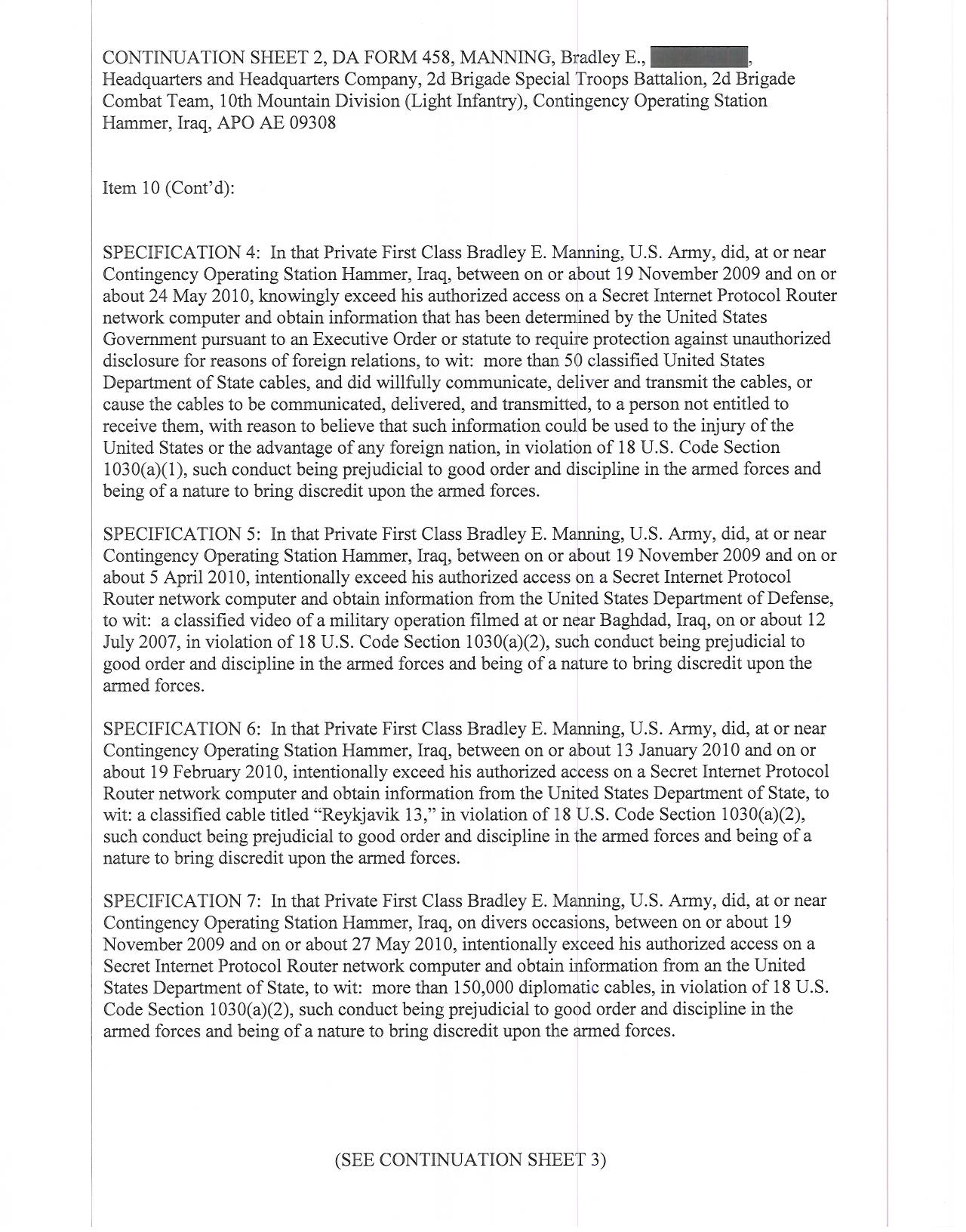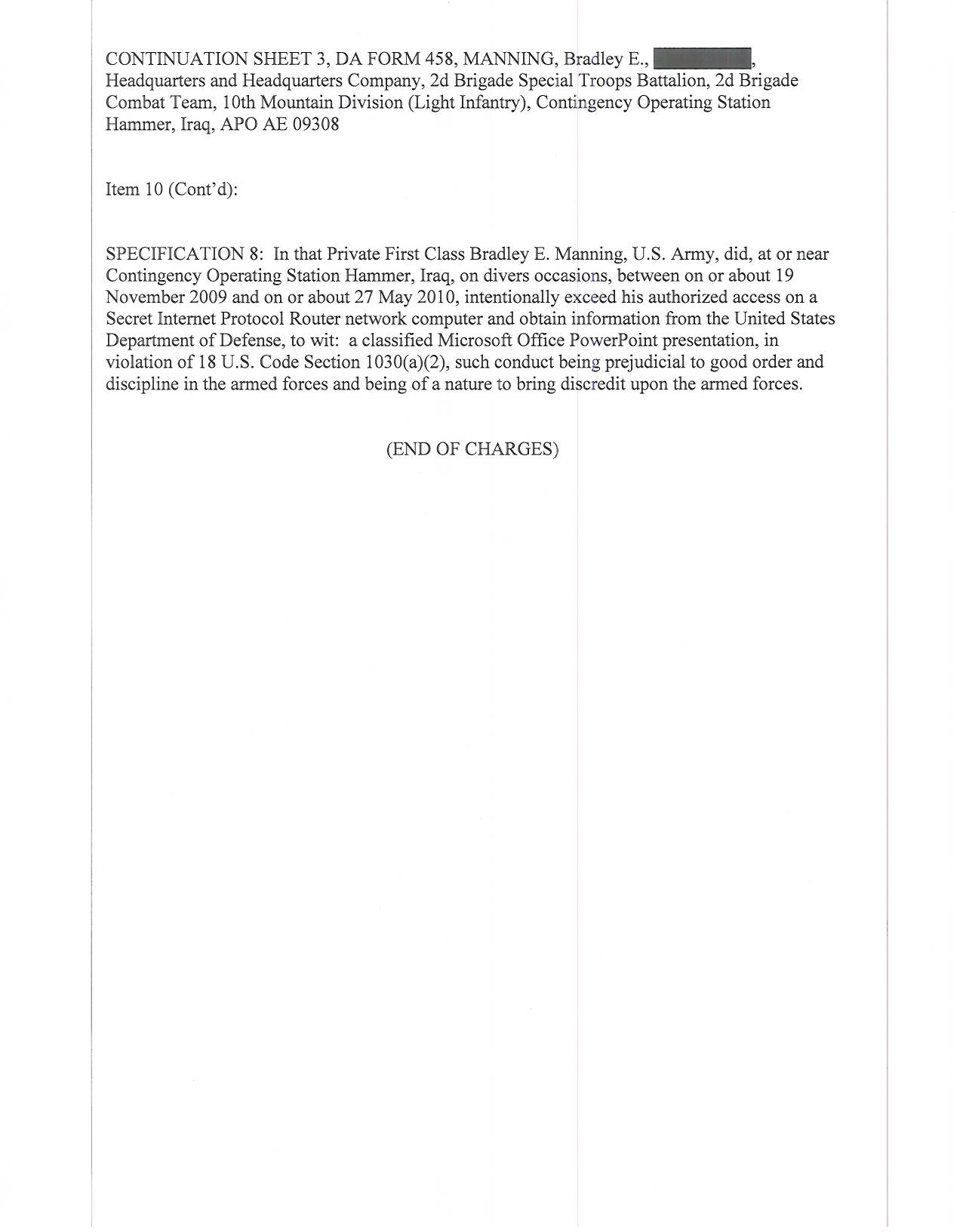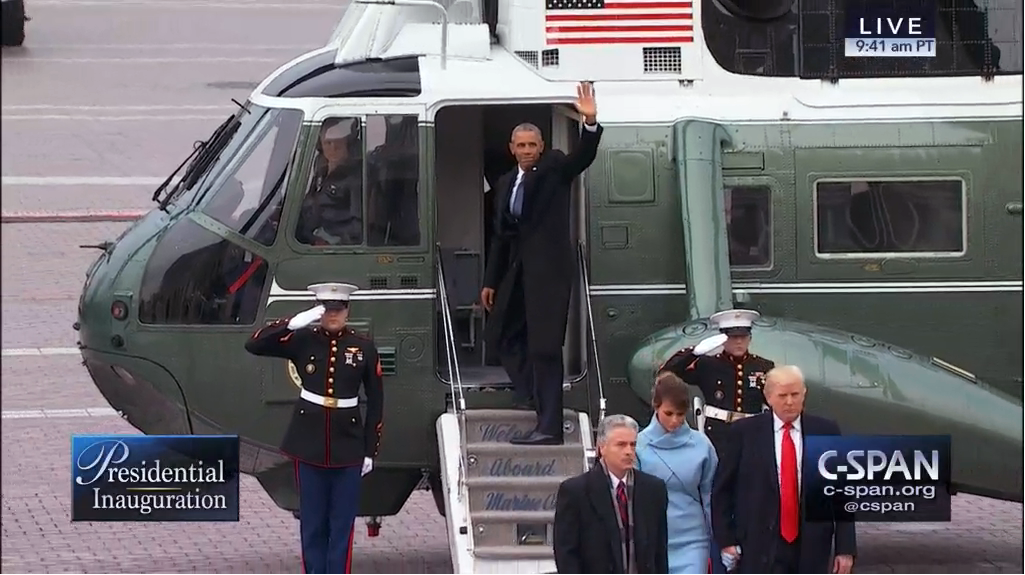
 The last circle of Washington DC for the Obama’s.
The last circle of Washington DC for the Obama’s.
President Donald J. Trump The new White House website.

Donald J. Trump is the 45th President of the United States. He believes the United States has incredible potential and will go on to exceed anything that it has achieved in the past. His campaign slogan was Make America Great Again, and that is exactly what he intends to do.
****
Barack Obama was not able to close Guantanamo Bay Detention Center, he did not pardon Bowe Bergdahl or Rod Blagojevich or Edward Snowden. The matter of executive protection for Hillary Clinton by Barack Obama is an unanswered question.
Meanwhile. President Trump has a full calendar of actions on his calendar.
****
Reuters: Donald Trump is preparing to sign executive actions on his first day in the White House on Friday to take the opening steps to crack down on immigration, build a wall on the U.S.-Mexican border and roll back outgoing President Barack Obama’s policies.
Trump, a Republican elected on Nov. 8 to succeed Democrat Obama, arrived in Washington on a military plane with his family a day before he will be sworn in during a ceremony at the U.S. Capitol.
Aides said Trump would not wait to wield one of the most powerful tools of his office, the presidential pen, to sign several executive actions that can be implemented without the input of Congress.
“He is committed to not just Day 1, but Day 2, Day 3 of enacting an agenda of real change, and I think that you’re going to see that in the days and weeks to come,” Trump spokesman Sean Spicer said on Thursday, telling reporters to expect activity on Friday, during the weekend and early next week.
Trump plans on Saturday to visit the headquarters of the CIA in Langley, Virginia. He has harshly criticized the agency and its outgoing chief, first questioning the CIA’s conclusion that Russia was involved in cyber hacking during the U.S. election campaign, before later accepting the verdict. Trump also likened U.S. intelligence agencies to Nazi Germany.
Trump’s advisers vetted more than 200 potential executive orders for him to consider signing on healthcare, climate policy, immigration, energy and numerous other issues, but it was not clear how many orders he would initially approve, according to a member of the Trump transition team who was not authorized to talk to the press.
Signing off on orders puts Trump, who has presided over a sprawling business empire but has never before held public office, in a familiar place similar to the CEO role that made him famous, and will give him some early victories before he has to turn to the lumbering process of getting Congress to pass bills.
The strategy has been used by other presidents, including Obama, in their first few weeks in office.
“He wants to show he will take action and not be stifled by Washington gridlock,” said Princeton University presidential historian Julian Zelizer.
Trump is expected to impose a federal hiring freeze and take steps to delay a Labor Department rule due to take effect in April that would require brokers who give retirement advice to put their clients’ best interests first.
He also will give official notice he plans to withdraw from the 12-nation Trans-Pacific Partnership trade deal and renegotiate the North American Free Trade Agreement with Canada and Mexico, Spicer said. “I think you will see those happen very shortly,” Spicer said.
Obama, ending eight years as president, made frequent use of his executive powers during his second term in office, when the Republican-controlled Congress stymied his efforts to overhaul immigration and environmental laws. Many of those actions are now ripe targets for Trump to reverse.
BORDER WALL
Trump is expected to sign an executive order in his first few days to direct the building of a wall on the southern border with Mexico, and actions to limit the entry of asylum seekers from Latin America, among several immigration-related steps his advisers have recommended.
That includes rescinding Obama’s order that allowed more than 700,000 people brought into the United States illegally as children to stay in the country on a two-year authorization to work and attend college, according to several people close to the presidential transition team.
It is unlikely Trump’s order will result in an immediate roundup of these immigrants, sources told Reuters. Rather, he is expected to let the authorizations expire.
The issue could set up a confrontation with Obama, who told reporters on Wednesday he would weigh in if he felt the new administration was unfairly targeting those immigrants.
Advisers to Trump expect him to put restrictions on people entering the United States from certain countries until a system for “extreme vetting” for Islamist extremists can be set up.
During his presidential campaign, Trump proposed banning non-American Muslims from entering the United States, but his executive order regarding immigration is expected to be based on nationality rather than religion.
Another proposed executive order would require all Cabinet departments to disclose and pause current work being done in connection with Obama’s initiatives to curb carbon emissions to combat climate change.
Trump also is expected to extend prohibitions on future lobbying imposed on members of his transition team.
‘THE HIGHEST IQ’
Washington was turned into a virtual fortress ahead of the inauguration, with police ready to step in to separate protesters from Trump supporters at any sign of unrest.
As Obama packed up to leave the White House, Trump and his family laid a wreath at the Tomb of the Unknown Soldier in Arlington National Cemetery and attended a concert at the Lincoln Memorial.
Trump spoke earlier to lawmakers and Cabinet nominees at a luncheon in a ballroom at his hotel, down the street from the White House, announcing during brief remarks that he would pick Woody Johnson, owner of the New York Jets of the National Football League, as U.S. ambassador to Britain.
“We have a lot of smart people. I tell you what, one thing we’ve learned, we have by far the highest IQ of any Cabinet ever assembled,” Trump said.
Trump has selected all 21 members of his Cabinet, along with six other key positions requiring Senate confirmation. The Senate is expected on Friday to vote to confirm retired General James Mattis, Trump’s pick to lead the Pentagon, and retired General John Kelly, his homeland security choice.
Senate Republicans had hoped to confirm as many as seven Cabinet members on Friday, but Democrats balked at the pace. Trump spokesman Spicer accused Senate Democrats of “stalling tactics.”
Also in place for Monday will be 536 “beachhead team members” at government agencies, Vice President-elect Mike Pence said, a small portion of the thousands of positions Obama’s appointees will vacate.
Trump has asked 50 Obama staffers in critical posts to stay on until replacements can be found, including Deputy Defense Secretary Robert Work and Brett McGurk, envoy to the U.S.-led coalition fighting Islamic State.
The list includes Adam Szubin, who has long served in an “acting” capacity in the Treasury Department’s top anti-terrorism job because his nomination has been held up by congressional Republicans since Obama named him to the job in April 2015.
The Supreme Court said U.S. Chief Justice John Roberts, who will administer the oath of office on Friday, met with Trump on Thursday to discuss inauguration arrangements.

